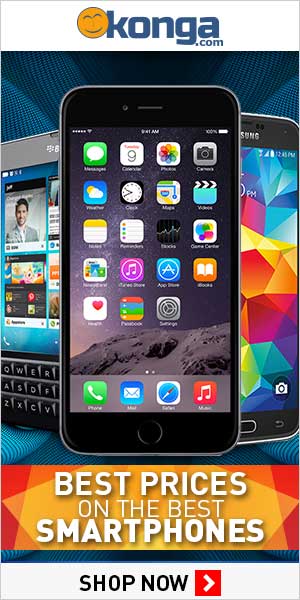Your vitals would then be uploaded and analyzed by your doctor, who could provide you with an accurate diagnosis from the comfort of your couch. No wires or sensors needed.
Attendees at Xerox's simple@work conference this week got a sneak peek at some of the latest technological innovations in healthcare, transportation, human resources and customer care, among others.
From medicine to parking solutions, here are a few projects in the works that can simplify your life and in some cases, change the way you do business.
Healthcare
Remote sensing. Xerox scientists have developed a no-contact sensing technology that makes monitoring vitals less intrusive for patients and easier for doctors to track a medical condition without wires and clunky, uncomfortable devices that can carry the risk of infection.
Cardiovascular and respiratory diseases can be monitored using a standard webcam or gaming console with motion sensing, such as an Xbox Kinect, to check patients' vitals without making contact.
This would especially come in handy for sufferers of chronic illnesses, who will no longer have to deal with frequent hospital visits. It also has the potential to transform healthcare in remote or poverty-stricken areas, said Raja Bala, a principal scientist at the Xerox Research Center in Webster, N.Y.
"This would revolutionize healthcare in the sense that you could accurately monitor patients from a distance," Bala said.
Researchers have also been testing the feasibility of using cameras to monitor the heart rate of premature infants in neonatal units.
"Currently, in order to capture that type of data, you have to place electrodes on an infant's paper-thin skin or attach sensors to their tiny fingers or ears," Bala said. "This way, you can measure their vitals without having to strap anything on them."
While using standard devices, such as cameras, smart phones and gaming consoles, certainly makes the home setup more accessible and cost-efficient, the magic behind the invention is the patented software that converts data collected by the cameras into vital signs, scientists say.
Transportation
Demand management for on-street parking. Searching for parking in urban areas can be downright maddening, not to mention, expensive. But scientists are using big data to ease congestion, make parking spaces easier to come by and ultimately, help downtown businesses thrive.
A pilot program underway in Los Angeles required the installation of parking sensors that track the occupancy on city streets. Once the data is collected, the cost to park is either raised or lowered every few weeks depending on demand. In some neighborhoods, where spaces are underutilized, the prices are lowered to attract more cars. In others, where demand is extremely high, prices are raised, ultimately making it easier to find a space in that area.
While demand pricing may seem risky, Onno Zoeter, a senior scientist at Xerox Research Centre Europe, explained that as prices increase, some drivers will be forced to take public transit, carpool, bike to work, or even park farther away in less-expensive zones. That means less cars will be driving in circles looking for a spot, easing congestion and reducing pollution.
"The shop employee who previously got there early in the morning to park all day now may have to find an alternate mode of transportation or park farther away, but someone who is looking for a space near their restaurant of choice, or just to shop downtown for a few hours has no trouble," Zoeter said. "It helps businesses too."
The current pilot program works with a series of apps that correlate with the smart phone's GPS to detect where the open spaces are, Zoeter said. Eventually, with Apple's CarPlay not far off, researchers are hoping for a fully integrated experience.
Human Resources
Smart Document Review system. Resarchers at XRCE in Grenoble, France, have created a program that allows users to locate, open and review thousands of documents with the touch of a finger. The technology reduces the cost associated with hiring a staff to manually review documents and increases efficiency by making it possible to sort through the data in hours rather than weeks.
While this system can drastically improve the recruiting process —particularly for corporations who hire thousands of employees per year — it can also come in handy in other document-intensive industries, such as healthcare, pharmaceuticals, financial and legal.
Using a large touch screen tabletop, users can "teach" the system which information is relevant by pointing and properly categorizing important documents. Once it "learns" what it's looking for (usually in less than a minute), it sorts the information for you. If you're looking for a data analyst that specializes in a certain type of software, the machine can sort through thousands of resumes and pull up the most relevant, according to your instructions.
"This really has the potential to simplify the hiring process, particularly for large corporations who hire some 12,000 employees per year," said Patrick Mazeau, a business development manager at XRCE.
These tech innovations were three of several revealed at Xerox's simple@work conference, running March 18 and 19 at Cipriani Wall Street in New York City. To join the discussion on innovations aimed at simplifying your life, use the #SimpleAtWork hashtag on your social network.
From BEN Latest News: www.benlatestnews.com
Follow us on Twitter: www.twitter.com/benlatestnews























0 comments:
Post a Comment